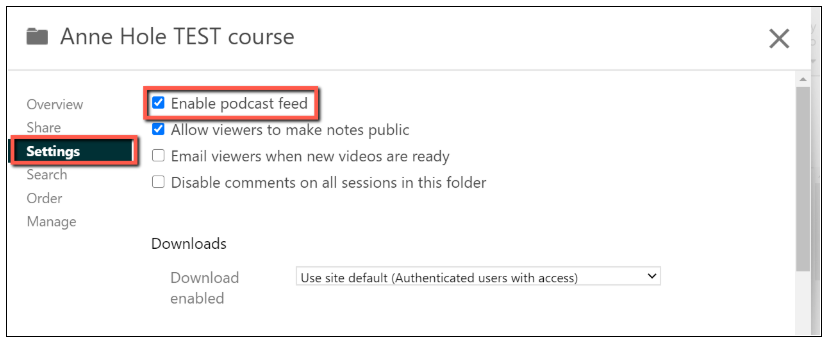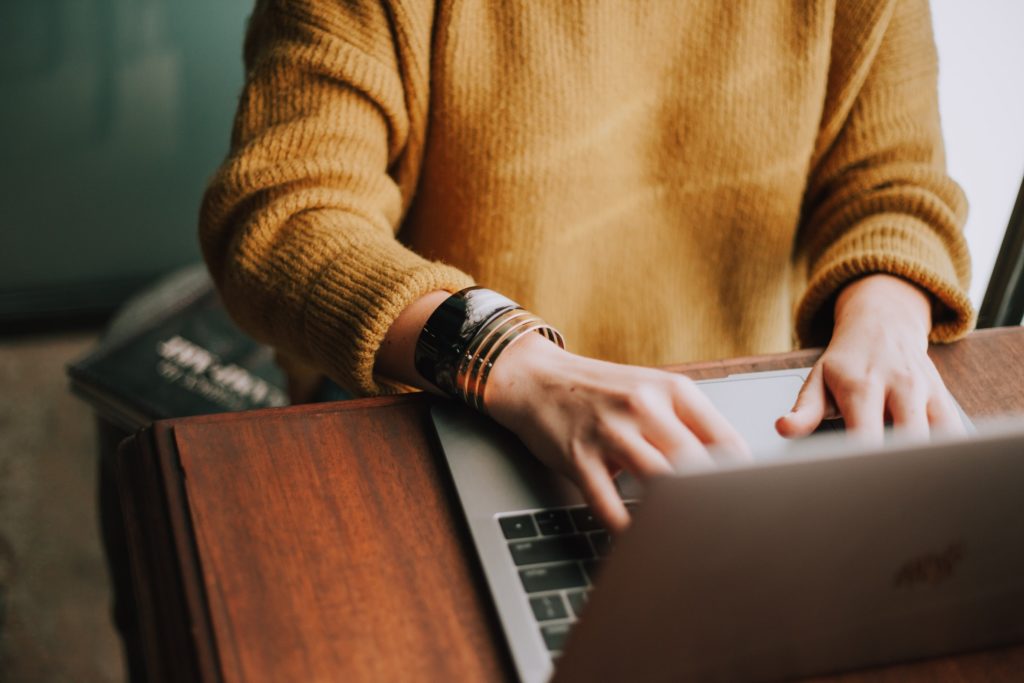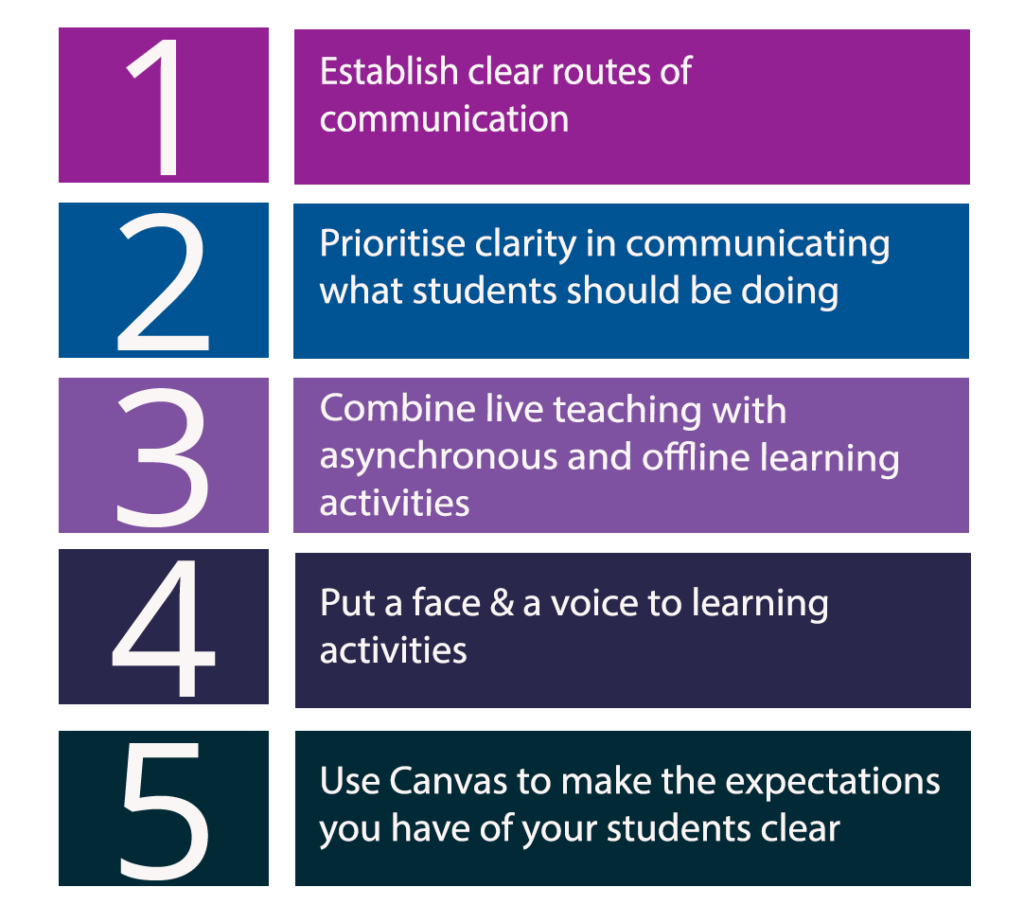Active learning is an approach to teaching and learning that requires students to take an active approach to learning material by analysing the topic and producing something tangible. It is different from passive learning which involves listening and reading but does not immediately require the students to produce anything from their learning.
Active learning generally requires students to produce something on their own or most commonly with student peers. Online tools have a number of advantages because the thing that students create is accessible across devices and can be shared easily with each other and the tutors. Furthermore online tools have obvious benefits when all or some of the students are engaging remotely. Active learning activities can be set for students to do before a class, during class and/or after a class.
The following online tools are all recommended for active learning activities.
Online documents include OneDrive and Google Drive. All Sussex students and staff have one Terabyte of space on OneDrive. The service is supported by ITS. An alternative option is Google Drive and all staff and students have unlimited space on Google with the G-suite for Education. Please note that Google Drive is not supported by ITS so students will not receive the same level of support. In order to use shared documents you will need to set up one or more shared documents (text, slides or spreadsheet), set the availability of the documents so they are editable by students and share the link.
Online post-it note applications include Padlet. Sussex has an institutional account so please register by contacting tel@sussex.ac.uk. In order to use Padlet you will need to decide the format of the Padlet wall you wish students to contribute to, create one or more walls, set the wall privacy to “secret” so they are editable by students with the link and share the wall address with them or embed it in a Canvas Page. See previous posts where we have written about Padlet.
Online discussions can be set up in Canvas. They can allow students to upload files, insert ‘video, audio, images, and links. Discussions can be configured so students need to contribute before they see the contributions of their peers and leave each other threaded comments.
Canvas also has a Module Chat feature. To use it we recommend you set a time when the chat will take place, set the topic that you will be covering and be prepared with questions for the students. Communicate this information during face-to-face teaching sessions and Canvas announcements.
Active learning activities may also require students to submit work to the tutor via an online drop box, such as the Canvas assignment. This can be set up so that students submit in groups. The kind of work they submit might be anything including a video of themselves presenting. Students can use Panopto or any other recording application to record video including their phone camera. The Canvas Assignment can also allow students to peer assess each other.
The key steps common to whatever tool you use are the following:
- You communicate clearly the expectations that you have of students to complete the task.
- References to the active learning activity are made before the task (during lectures and so on), and after the activity. Ensure the students’ contributions are recognised and valued, and the importance of engagement to their learning is emphasised.
- The ground rules for the task are set, particularly if this is a task which requires students to collaborate. In these cases, the ground rules might specify that students are inclusive, respectful and constructive.
- There is clarity amongst students how to access the tool and when the output from the active learning activity is due.
We have PDF and video guides on our Teaching Online, Learning Anywhere Canvas site. As always, the Technology Enhanced Learning team are here (wherever we are) to help and support staff so please do email us at tel@sussex.ac.uk.


























